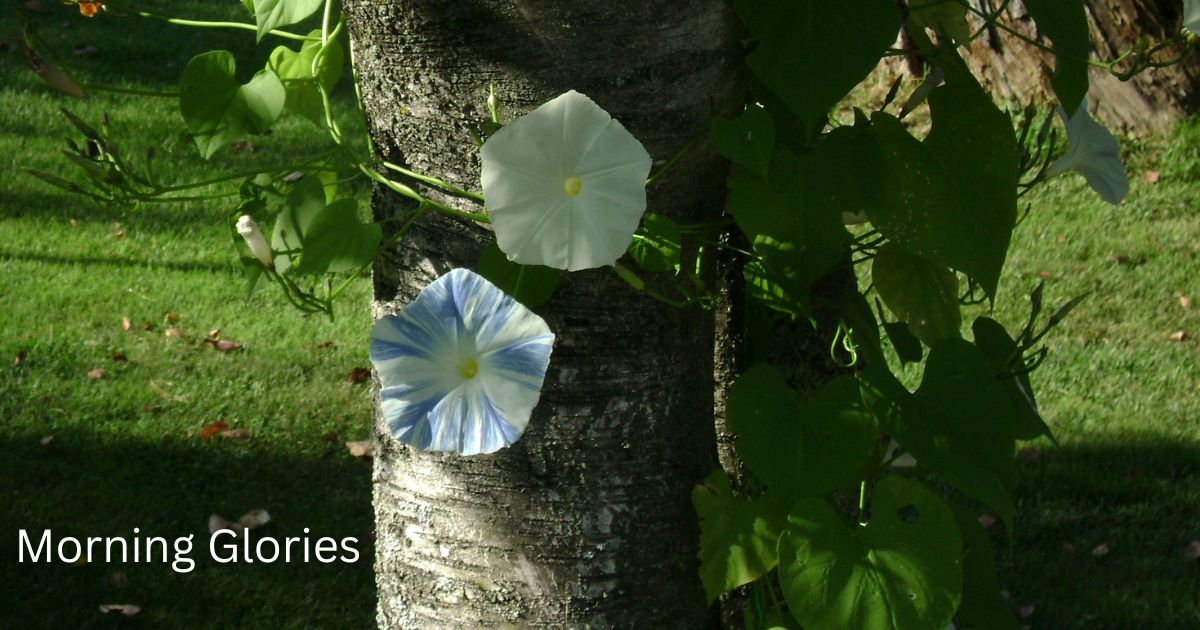When it comes to planting morning glories, picking the right time is key. These beauties prefer warm weather, so wait until the danger of frost has passed. Depending on where you live, this might be late spring or early summer. You wouldn’t want those tender seedlings getting a chilly surprise, right?
Morning glories aren’t too fussy about soil, but well-draining soil will help them thriving. Loosen up that ground and mix in a bit of compost to give young plants a good start. They love a good nutrient feast early on.
Sunshine is a morning glory’s best friend. These plants thrive in full sun, so find a bright spot where they can bask in at least 6 to 8 hours of sunlight per day. Imagine them as little sunbathers—without the sunscreen, of course.
Although young plants need consistent moisture to kick off their growth, they really start thriving with a less frequent watering schedule once established. Overwater them, and they might start looking a little droopy. Keep it moderate, just enough to keep the soil moist without turning it into a swamp.
Maximizing Blooms: Tips for a Prolific Morning Glory Garden
Nothing beats a garden bursting with morning glory blooms, and there are some tricks to get the best out of these climbers. Pruning can do wonders. It seems counterintuitive, but cutting back some of the vines encourages bushiness and more blooms. Grab those shears and get trimming!
Varieties come in all sorts of colors—from rich purples to delicate pinks and whites. Mixing them up can create a dazzling array of color that transforms any garden space. Imagine the painter’s palette the yard becomes!
Nutrients play a part too, but avoid over-fertilizing, especially with nitrogen-heavy options. Too much of that stuff and you’ll end up with lots of leaves and not enough flowers. Stick to a balanced nutrient mix and throw in some organic compost for good measure.
Keep an eye out for pests and diseases that love feasting on morning glories just as much as we love looking at them. Things like aphids and spider mites can be bothersome. Organic sprays and regular monitoring help keep the plant munchers at bay.

Ideal Planting Locations and Their Impact on Pollinators
Choosing the perfect spot for your morning glories can really make a difference in how they thrive and attract attention. Plant them near a fence or a trellis, where they can climb and create a natural spectacle. Seeing those blooms spiral up is always a rewarding sight.
Planting morning glories isn’t just about filling your garden with color. They’re fantastic for pulling in pollinators like bees and hummingbirds. These creatures help with other plants too, boosting your garden’s overall health. Who doesn’t love a garden that’s buzzing with life?
Incorporating morning glories into a pollinator-friendly garden means you’re doing double duty—supporting local wildlife while enjoying beautiful flowers. Pair them with other nectar-producing plants to create a year-round haven for pollinators.
Thinking about mixed planting? Morning glories fit right in with a variety of other plants. They can mingle with sunflowers or even cucumber vines, creating a lively nook that’s both functional and beautiful. It’s like giving your garden a styled-up neighborhood.
Position your morning glories where they add to the garden’s aesthetics, but also think of them as part of an ecosystem. The right spot turns a simple planting into a thriving, buzzing community.
